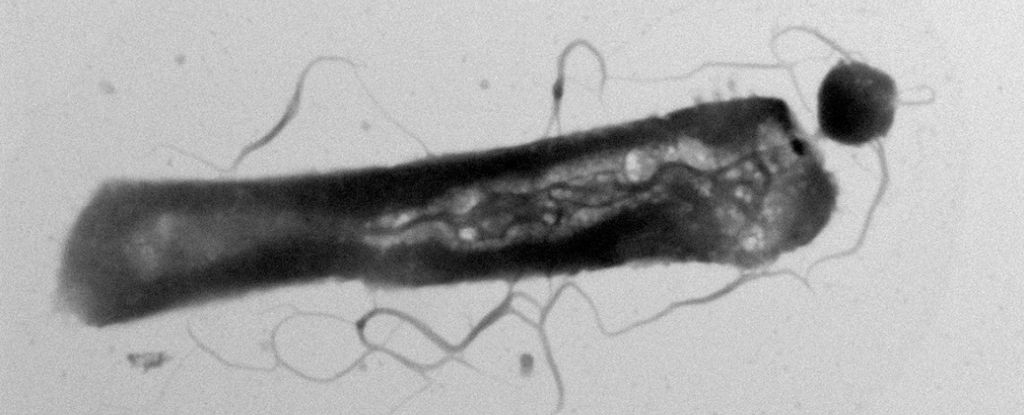Life, Vol. 13, Pages 447: Key Factors in Early Diagnosis of Myopia Progression within Ocular Biometric Parameters by Scheimpflug Technology
Life doi: 10.3390/life13020447
Authors: Alfredo López-Muñoz Beatriz Gargallo-Martínez María Carmen Sánchez-González Raúl Capote-Puente Concepción De-Hita-Cantalejo Marta Romero-Luna Juan-José Conejero-Domínguez José-María Sánchez-González
The aim of this study was to evaluate the relationship between myopia and ocular biometric variables using the Pentacam AXL® single rotation Scheimpflug camera. This prospective, cross-sectional, single-center study was performed in fifty Caucasian patients aged between 18 and 30 years (24.84 ± 3.04 years). The measured variables included maximum and minimum keratometry (K1 and K2, respectively), anterior chamber depth (ACD), corneal horizontal diameter or white to white (WTW), central corneal thickness (CCT), corneal asphericity (Q), and axial length (AXL). The tomographic and biometric measurements were considered optimal when the quality factor was greater than 95% according to the manufacturer’s software instructions. The AXL presented a significant correlation with the spherical equivalent without cycloplegia (SE without CP), age at onset of myopia (r = −0.365, p = 0.012), mean keratometry (Km) (r = −0.339, p = 0.016), ACD (r = 0.304, p = 0.032), and WTW (r = 0.406, p = 0.005). The eyes with AXL higher than 25 mm had earlier onset; higher SE without CP, AXL, and Q; and a flatter Km. AXL is the biometric variable with the greatest influence on the final refractive state in the adult myopic eye. Ophthalmologists and optometric management must consider these biometric differences in order to identify the most appropriate correction techniques in each case. The use of the Pentacam AXL in ocular biometric measurement is effective, reproducible, and non-invasive.

 1 year ago
37
1 year ago
37

